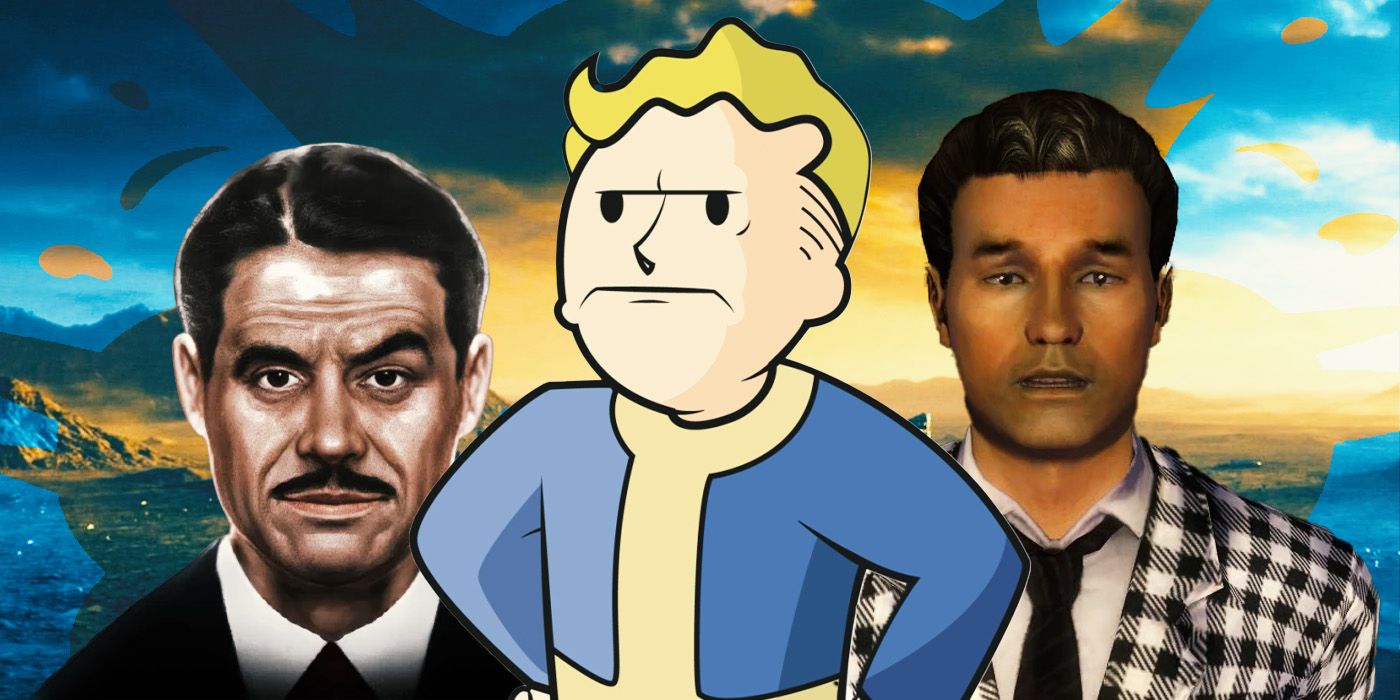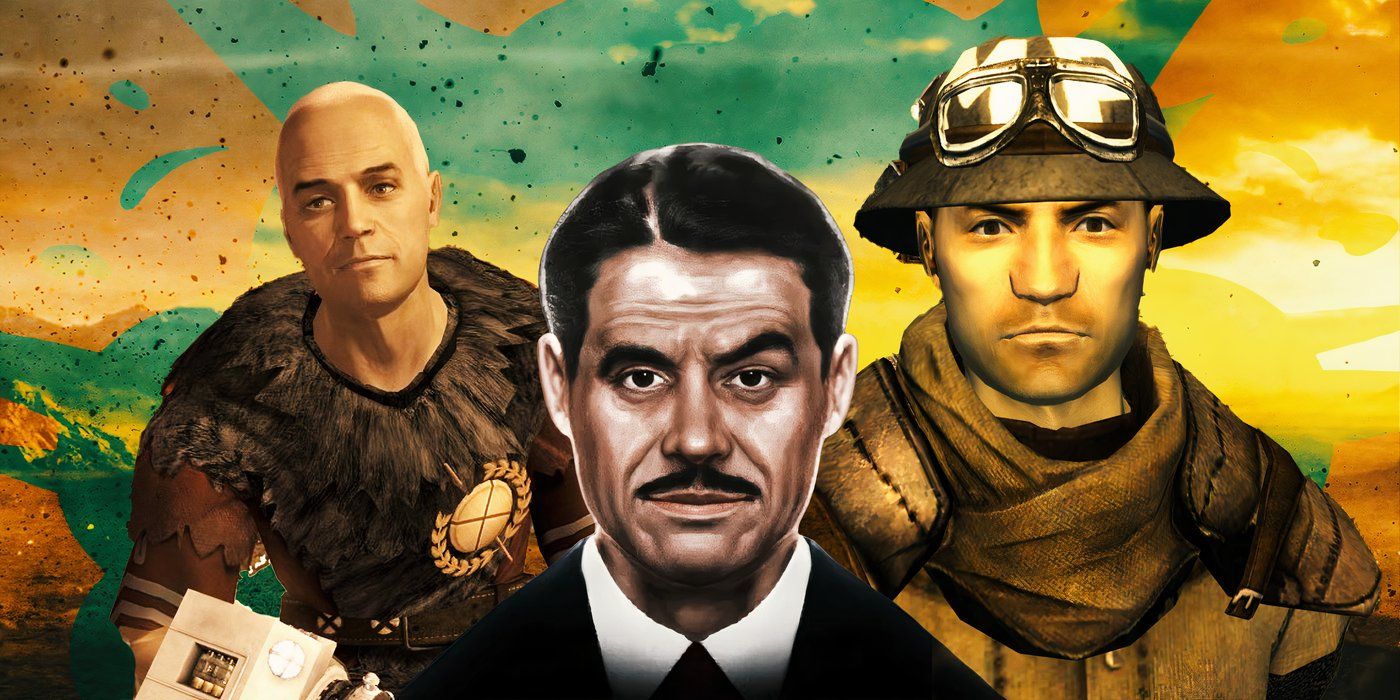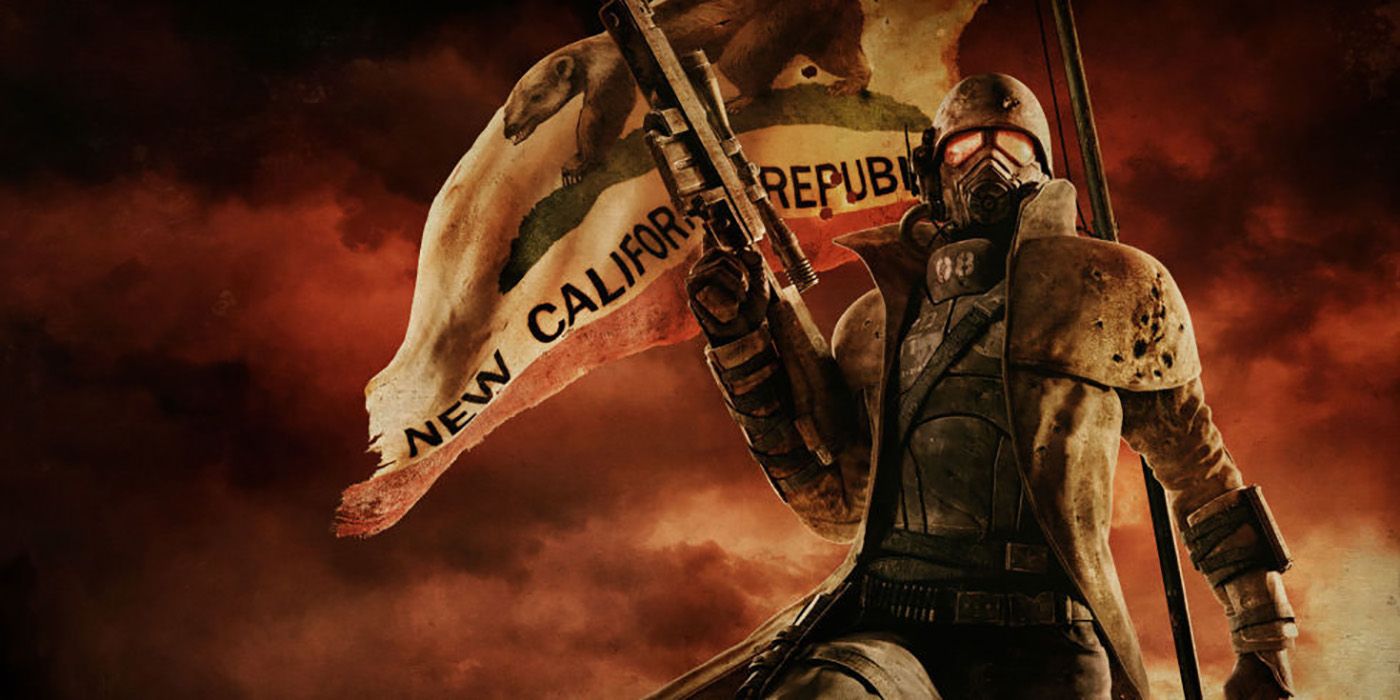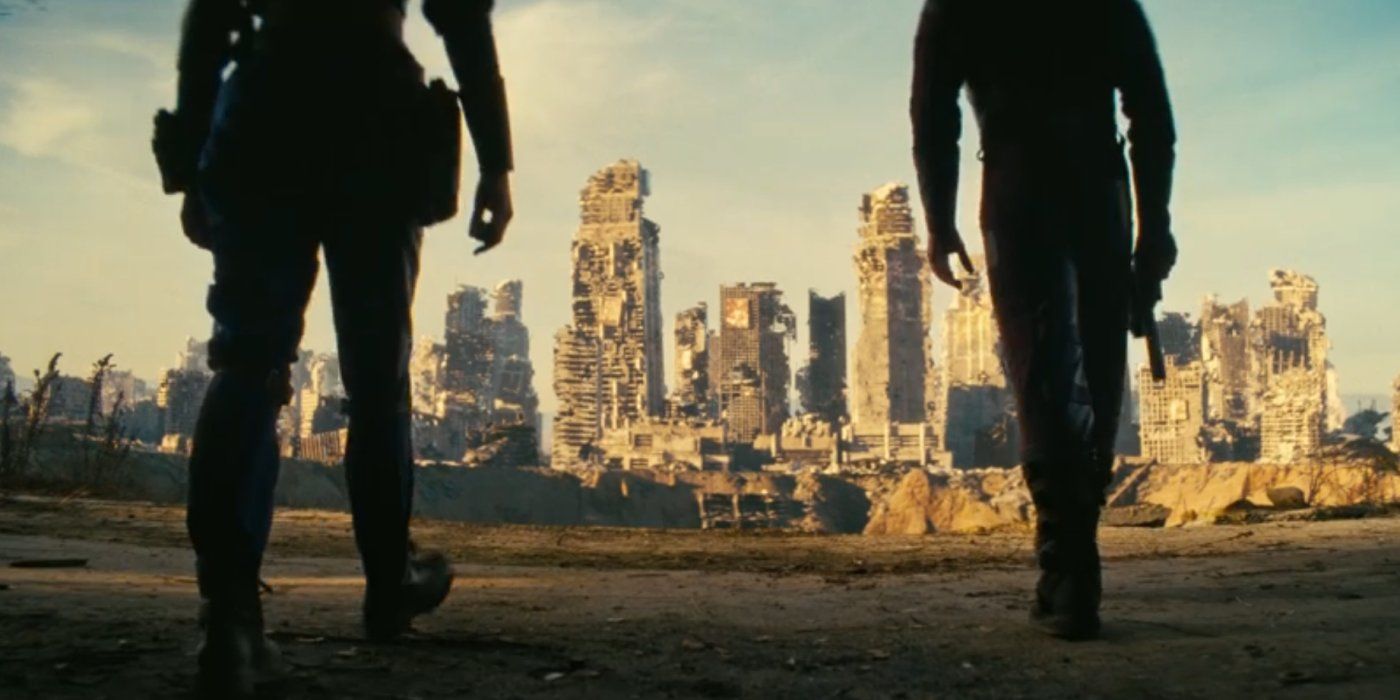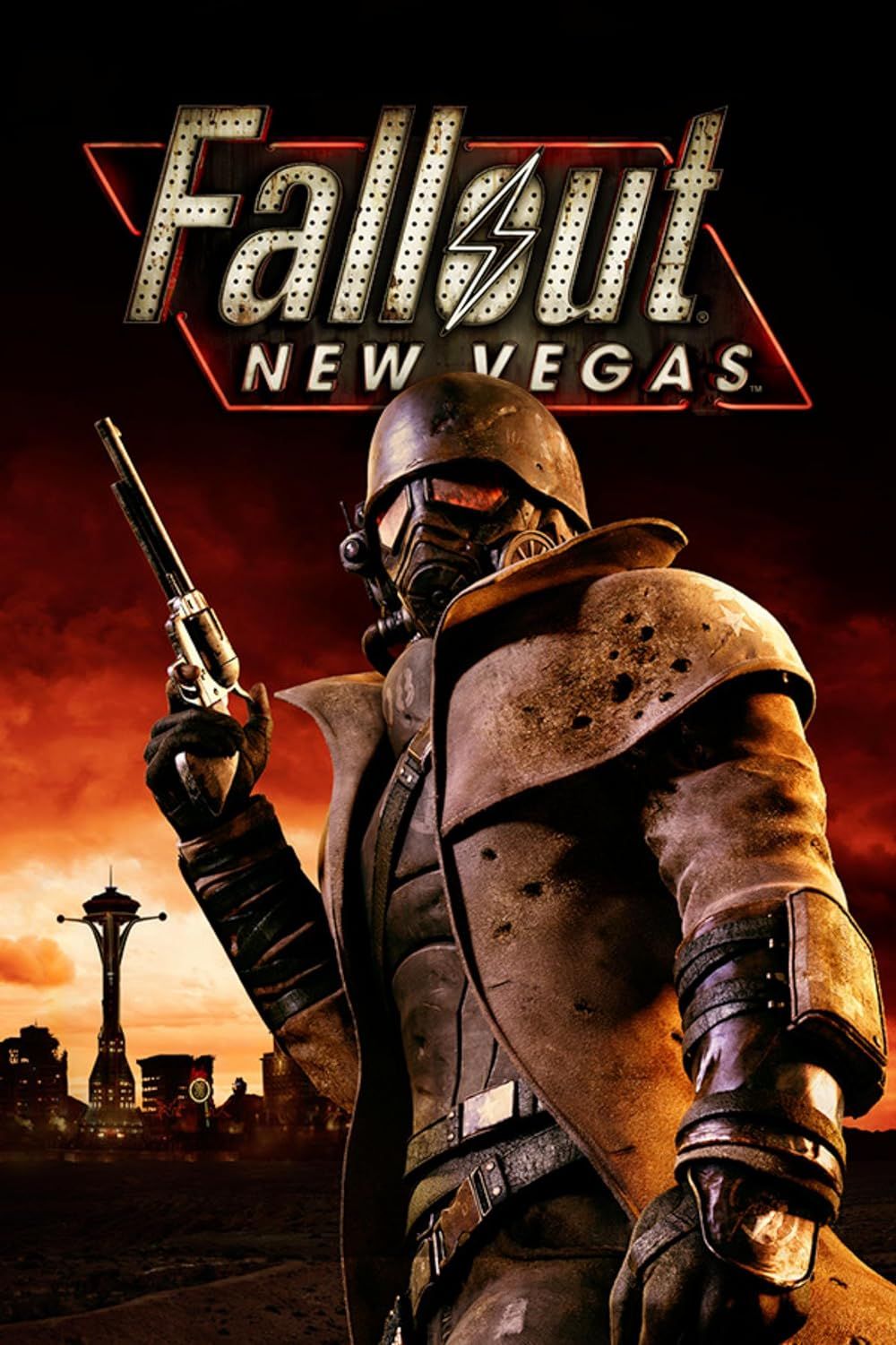Summary
- The Fallout TV show takes place after Fallout: New Vegas, incorporating details from all games.
- The existence of the NCR in the show means a particular Fallout: New Vegas ending makes the most sense.
- Despite timeline frustrations, the Fallout TV show recontextualizes the NCR's story, incorporating long-running themes of the Fallout franchise.
Amid all the debates around the canon status of Fallout: New Vegas since the release of the Fallout TV series, there's one particular faction ending that makes a lot more sense. The Fallout TV series is the latest in the timeline, which means it inevitably incorporates details from all the games. These can be both major and minor, ranging from people and places referenced on posters seen briefly in the background of one shot, to entire recurring factions who play a major role in the story.
[Warning: This article contains spoilers for the ending of the Fallout TV series, as well as various endings of Fallout: New Vegas.]
The Fallout TV show ends with Hank McLean, Overseer of Vault 33, arriving in New Vegas. Although many fans were concerned that the series' changes to the NCR's lore comprised an attempt to retcon Fallout: New Vegas, its creators confirmed that wasn't the case. The Fallout TV show attempts to be canon-neutral, not making any specific comments on which of New Vegas' endings it's building on. However, looking at the details, it's pretty clear the series leans toward one specific outcome as the true ending, even if there is a lot of space for variation.
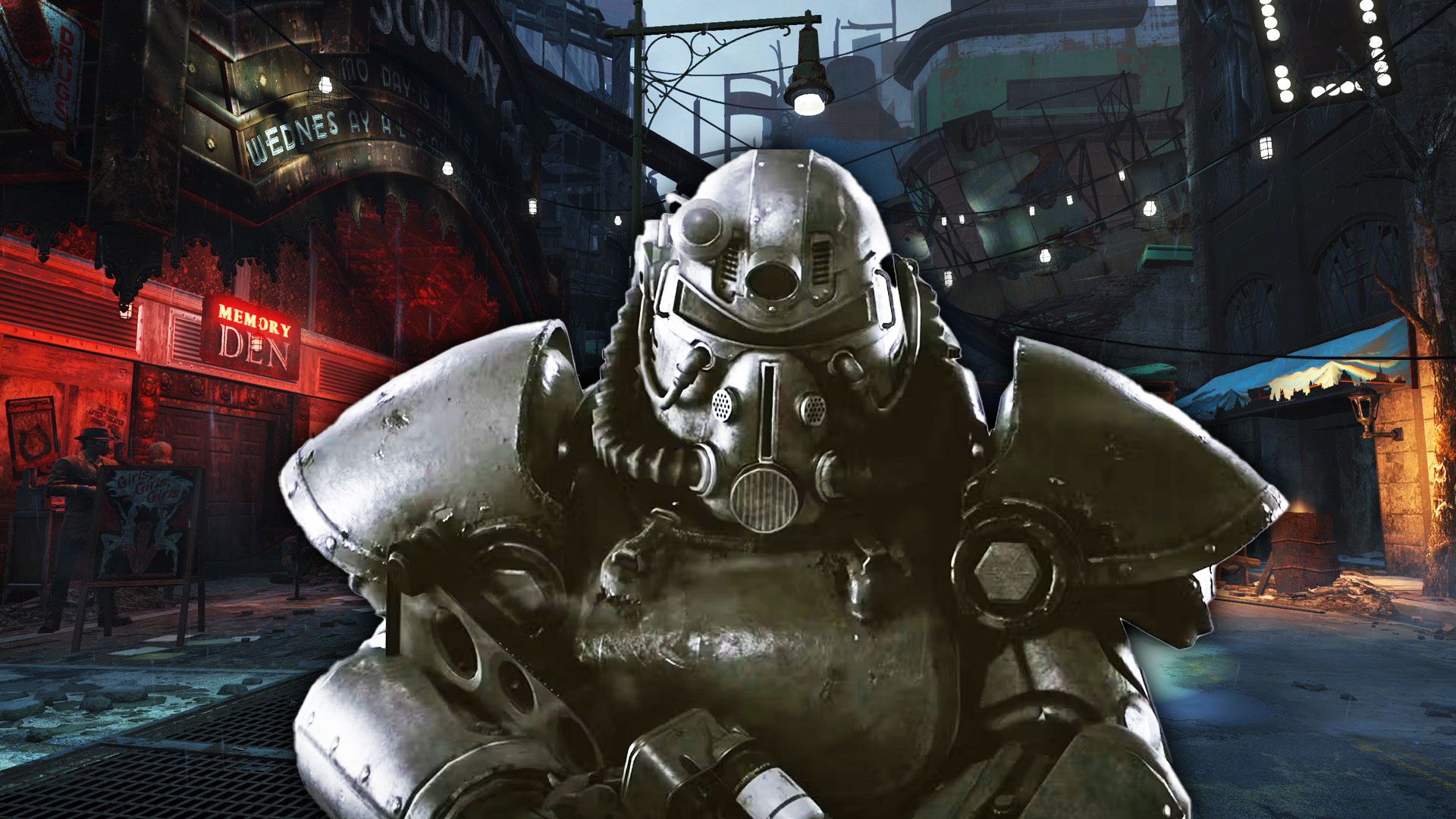
Fallout's Permanent Setting Officially Confirmed (& Some Fans Won't Be Happy)
In an interview, Todd Howard confirmed the permanent location of the Fallout games, leaving players to look toward mods for unofficial solutions.
Fallout: New Vegas’ NCR Ending Makes The Most Sense In The Show
How An NCR Victory Influenced A Post-Courier Vegas
For a variety of reasons, Fallout: New Vegas’ NCR ending meshes best with the ending of the Fallout TV show. Endings in New Vegas are decided by which faction the Courier chooses to side with in the Second Battle of Hoover Dam - basically, which quest line they complete to the fullest. Things can end with either Caesar's Legion, Mr. House, the New California Republic, or the player character themselves (along with Yes Man) taking over the dam, rising to total dominance over the New Vegas strip, and ultimately ruling the surrounding region.
Each Fallout: New Vegas main faction quest line (except for Yes Man's) has a point of no return, after which the player can no longer complete tasks for other factions and most of their members become hostile. The player will also be subject to random attacks by assassins from factions they side against.
Now, most of those New Vegas endings make it pretty clear that the NCR is no more. After committing most of its troops to the Hoover Dam, the NCR loses in every scenario but one, and is either disbanded or destroyed as an alternate faction takes over the New Vegas area. But the NCR still exists in the Fallout TV series, albeit in a very different form. What remains of the NCR in 2296 is a splinter group run by Lee Moldaver, whose adherents consider her a religious figure.
But regardless, the NCR had to survive the events of Fallout: New Vegas in 2281 in order to remain active, even in a significantly weakened form, fifteen years later. As a result, only the NCR ending of Fallout: New Vegas really makes sense with the TV show - although other endings are certainly still possible.
Other Fallout: New Vegas Endings Are Possible, But Unlikely
The Caesar's Legion, Mr. House, & Yes Man Endings Have A Loophole For The NCR
However, the Fallout TV show is carefully written not to specifically count out any of New Vegas' endings, so to some extent, all of them are technically possible. Remember that Moldaver's arm of the NCR is only a splinter group, not the main force. It's possible to argue it survived a Caesar's Legion, Mr. House, or independent New Vegas victory, especially if it was rejected by the NCR proper and driven out prior to the Second Battle of Hoover Dam. Even if the NCR lost, Moldaver's faction could have survived on its own, and come back to take the main faction's place after it had vacated its former strongholds.
How The Fallout TV Show Changes The NCR's Story
The Fall Of Shady Sands Controversy & The NCR Ending
There is, however, some confusion in the Fallout TV series as to the NCR's ultimate fate. In the sixth episode of the show, "The Trap," a chalkboard displaying a partial series timeline claims that Shady Sands, capital of the NCR, fell in 2277, alongside a picture of a mushroom cloud. And indeed, the city has been leveled when it actually appears in the show. This seems to be directly contradicted by Fallout: New Vegas, which makes mention of the city still standing, even though players can't actually visit Shady Sands. As a result, the fall of Shady Sands taking place in 2277 is difficult - but not impossible - to square with the state of the NCR in New Vegas.
The NCR is at its most powerful in that game, just four years after its headquarters, founding site, and capital were destroyed in an apparent nuclear explosion. It rules its own little slice of the Wasteland with an iron fist, and has resources that other factions have barely heard of: working cars, trains, standardized uniforms, et cetera. That doesn't sound like a beleaguered group of survivors on the cusp of recovering from near-total collapse; it sounds like an all-powerful empire.
Eventually, Todd Howard himself had to step in, clarifying to IGN interviewers that New Vegas was still canon - there might just be some confusion over the finer details here and there. Fans have interpreted this in many ways, with some choosing to believe the date on the chalkboard was simply an in-universe error made by a character. Others acknowledge this as a mistake by the showrunners, or even whichever set dresser wrote "2277" on the chalkboard that day.

10 Coolest Video Game Details We Hope To See In Fallout Season 2
As one of the best TV show adaptations of a video game, Fallout season 2 has to continue with its trend of incorporating amazing game details.
Still others choose to interpret "the Fall of Shady Sands" not as a single, catastrophic event, but a years-long process that began with the Mojave Campaign. The war against Caesar's Legion overextended NCR resources, while lobbyists rose to prominence in the burgeoning metropolis. This led to corruption that delegitimized its government. Eventually, Hank McLean, horrified by the factionalism that he witnessed in Shady Sands, enraged by his wife's attempt to flee there, and convinced of the superiority of Vault-Tec's way of life, leveled the city with a nuclear bomb sometime after the events of Fallout: New Vegas.
So the Fallout TV show recontextualizes the NCR ending of New Vegas as a tragedy, the calm before an inevitable storm. Even though it won the war, beat the Legion, and took over the Mojave, the NCR is still doomed to fall victim to its own corruption in an act of semi-karmic retribution. That plays well with themes explored in both New Vegas and the TV show, and only really makes sense if the NCR triumphed at the Hoover Dam.
But there's still room for interpretation - and further confusion. Fallout's second season is set in New Vegas itself, and may have to address the game's outcome more directly. It may choose to continue down a semi-neutral route, or make a more assertive choice. Either way, it'll be interesting to see how the TV show adapts and incorporates story beats from Fallout: New Vegas, and how New Vegas' story is changed in return.
Source: IGN


